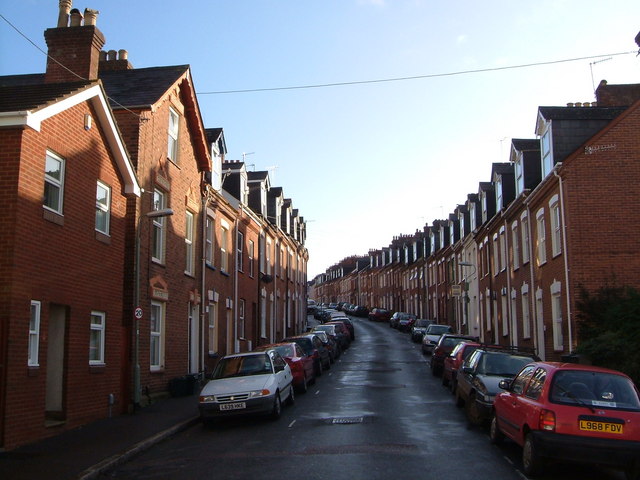Newtown, Exeter on:
[Wikipedia]
[Google]
[Amazon]
 Newtown is an area of
Newtown is an area of
Belmont ParkThe Newtown Community Association
Areas of Exeter {{Devon-geo-stub
 Newtown is an area of
Newtown is an area of Exeter
Exeter () is a city in Devon, South West England. It is situated on the River Exe, approximately northeast of Plymouth and southwest of Bristol.
In Roman Britain, Exeter was established as the base of Legio II Augusta under the personal comm ...
between St Sidwells
St Sidwell's is an area east of Exeter city centre in the ward of Newtown, Exeter, Newtown. Formerly a village in its own right, St Sidwells grew in importance along with Exeter thanks to its location on the main cart track between Exeter and th ...
and Heavitree and has been an area for the poor since Saxon
The Saxons ( la, Saxones, german: Sachsen, ang, Seaxan, osx, Sahson, nds, Sassen, nl, Saksen) were a group of Germanic
*
*
*
*
peoples whose name was given in the early Middle Ages to a large country (Old Saxony, la, Saxonia) near the Nor ...
times. A workhouse was built in 1671 on a site currently used as a car park, but Newtown remained largely rural up until the 19th century. Around 1700 a new workhouse was built on what is now the site of Heavitree Hospital.
Brick and tile making were carried on in Exeter by the Romans from clay workings within the city wall. By the 16th century, the rich red clay of Newtown was exploited for brick making, the main brickworks being sited in the location of what is currently the dry ski-slope and golf driving range.
Due to the Cholera epidemics of the 1830s the open sewer that ran along the bottom of the hill was covered over, to create Clifton Road. In the mid-19th century four streets of small terraced houses were built to house manual workers, labourers and their families. In the 1880s St Matthews Church was built.
In May 1942 Exeter was heavily bombed in the Baedeker raids of the Second World War
World War II or the Second World War, often abbreviated as WWII or WW2, was a world war that lasted from 1939 to 1945. It involved the vast majority of the world's countries—including all of the great powers—forming two opposin ...
. Newtown was badly affected with many buildings destroyed, including the lower section of Newtown School. Post war development saw the creation of the Inner By-pass (Western Way) which cut through the northern part of Newtown, while regeneration work in the late 1960s saw new developments of blocks of flats, some of which were placed to 'disrupt' the uniform Victorian street pattern.
External links
Belmont Park
Areas of Exeter {{Devon-geo-stub